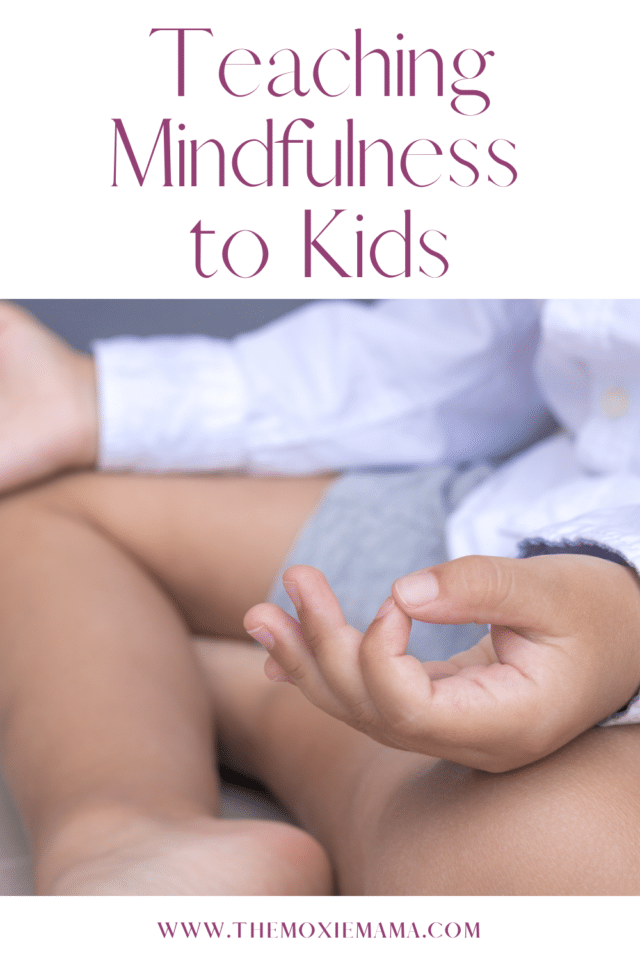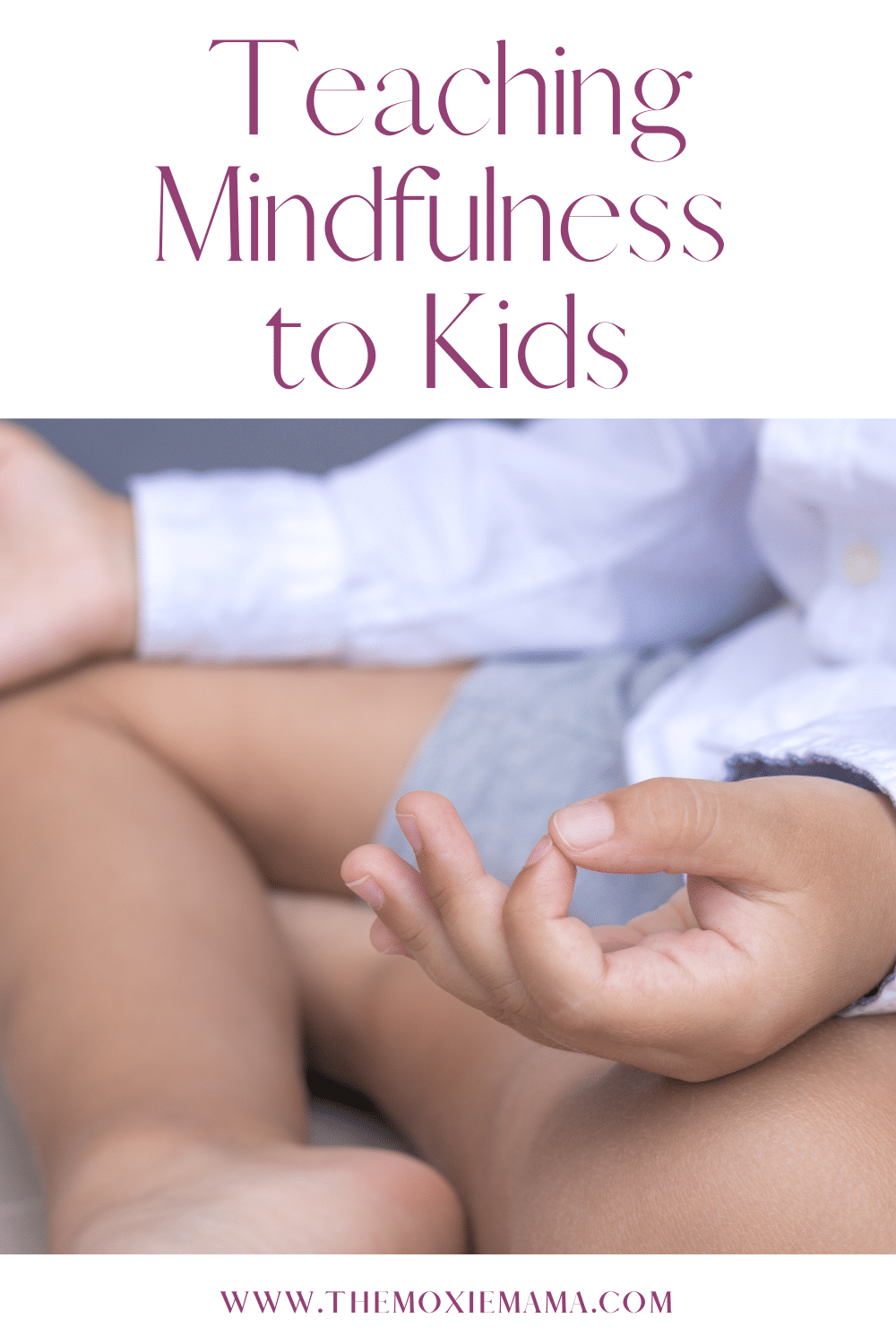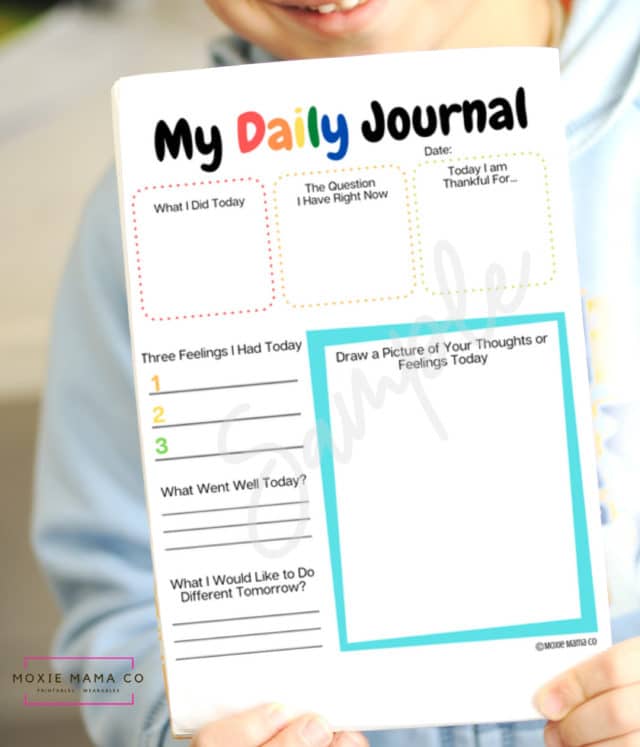Mindfulness is the straightforward method of giving a calm, accepting approach to the present moment. And great news! Kids of any age to benefit from it. It can also assist parents and caregivers by boosting joy and reducing stress. Here are a few simple ideas for kids and adults alike and some activities that create empathy, concentration, curiosity, and compassion. Plus, teaching mindfulness to kids can be exciting and fun.

How Teaching Mindfulness Helps Kids
The intention of teaching mindfulness to our kids is to provide them with the skills to build their understanding of their inner and outer experiences, recognize how emotions show up in their bodies, and acknowledge when their concentration has drifted, and offer tools for self-control. Mindfulness can also help to decrease anxiety and increase happiness.
How to Teach Mindfulness to Kids
Mindfulness can be a bit challenging for little kids to understand. Put plainly, mindfulness is understanding. It is spotting our feelings, thoughts, bodily senses, and everything happening in and around us right now. If your kids are just not interested in the mindfulness activity, put it aside for a while. It often takes a couple of times for kids to grasp the mindfulness exercise.
4 Fun Mindfulness Exercises
1.Daily Reflection Journaling. Writing in a journal is an excellent way for kids to reflect on and write about their day. Journaling helps to teach not only kids’ mindfulness but also self-reflection and self-expression as well. The My Daily Journal Page for Kids goes beyond your regular journaling page and provides a safe place for kids to write about their reflections, gratitude, feelings, and questions on their day. Get it HERE.
2. Practice breathing. Having them simply “pay attention to your breath” can be challenging for them to understand for little kids. Try this instead: have your child lie on their backs and take a favorite stuffed animal or doll and place it on their belly. Ask them to concentrate on the rise and fall of the stuffed animal or doll as they inhale and exhale. Start with 5 minutes and work up to 15 minutes or more.
3. Take a mindfulness walk. One of my kid’s favorite activities to do as a family is to take a walk around the neighborhood. As we walk around the neighborhood, I ask my kids to point out things we have not noticed during our past walks. Another way to practice mindfulness on a walk is to take one minute during the walk to be totally quiet and just pay attention to all the sounds we hear — birds, cats, crickets, etc.
4. Practice mindful eating. I first learned this exercise during my yoga teacher training course back in 2018. The object of mindful eating is to slow down and really enjoy the simple act of eating. Start by having your child take a moment and thanking everyone that went into making the food: mom or dad, the people at the grocery store who sold the food, the farmer that grew the food, etc. Next, have your child take a bite of their food and chew it thoroughly before swallowing. Finally, have your child describe what the food tasted like, the temperature, the texture, maybe even the smell. Continue this with each new food item in the meal.
One Final Thought
Remember to have to keep it lighthearted and straightforward for your kids. You can give your kids many options to add these useful methods to their daily lives. Some of these will work for your kids, and some might not. Just remember to have fun with the mindfulness practices and experiment with new ideas if they don’t work.





